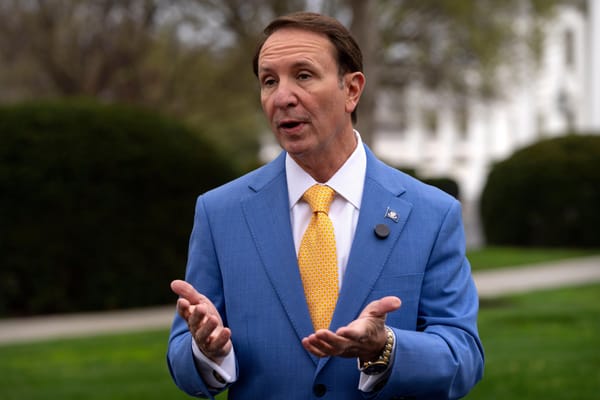Experts Dissect Broadband Measurement Approaches as Federal Programs Roll Out
Broadband speed requirements have increased dramatically across different federal programs.
Broadband Breakfast

WASHINGTON, Dec. 15, 2024 - As states prepare to deploy major broadband projects, industry experts on Wednesday broke down the complex landscape of performance measurement requirements across federal funding programs.
"We have these varying requirements and goals that these different programs have," said Bryan Darr, vice president of government affairs at Ookla, during a Broadband Breakfast Live Online event Wednesday. He noted these differences reflect the funding and technology available at the time of awards.
Broadband speed requirements have increased dramatically across different federal programs, from early Connect America Fund requirements of 4 Megabits per second (Mbps) download * 1 Mbps upload to current standards generally requiring 100 * 20 Mbps, he said.
 Broadband BreakfastBryan Darr
Broadband BreakfastBryan Darr
"Let's keep in mind that 100 down and 20 up or whatever these requirements are are minimums," Darr said. "What a lot of people are experiencing is something significantly higher than that once these new systems are actually rolling in."
To verify such performance levels, providers must follow specific testing protocols. Andrew Afflerbach, Chief Technology Officer of CTC Technology & Energy, noted that the FCC’s testing protocols now require hourly speed measurements between 6 p.m. and midnight, with latency tests performed every minute. These standards have evolved through "trial and error and statistical understanding of how success or failure of those results correspond to user experience," he said.
For middle mile projects funded through the American Rescue Plan Act, testing approaches differ, Afflerbach explained.
On the other hand, Darr presented data showing how speed testing technology has evolved, with many internet service providers now embedding testing capabilities directly in customer premises equipment. "We have speed tests actually embedded on millions of these gateways that are out there," he said.
State broadband offices prefer selecting their own test locations from lists of activated subscribers, rather than relying on randomly selected sites, said Afflerbach. This allows them to better respond to public feedback and verify system performance, he said.
He also recommended holding initial technical assistance webinars for providers, followed by "an open door policy for further one-on-one consultation" to help them implement testing requirements.
"It's important to have something that's relatively straightforward," Afflerbach emphasized. "Within a short period of time anybody who's in the provider or regulatory world will understand what the testing does and what the meaning of results are."
The experts noted that providers of all sizes are adapting to testing requirements. "I have to say unequivocally that in my experience the small providers learn just as quickly as the large providers," Afflerbach said, noting that both the access to and cost of testing technology have become more manageable.
The discussion also touched on future-proofing networks. "We don't know what's coming in the future," Darr said, discussing how broadband speeds have evolved from early 56 Kbps connections to today's requirements. He also emphasized the importance of building infrastructure that can meet future needs.
Both experts acknowledged that while fiber deployment is preferred where financially feasible, other technologies including wireless and satellite will play important roles in reaching high-cost locations under federal programs like the Broadband Equity, Access and Deployment Program.












Member discussion